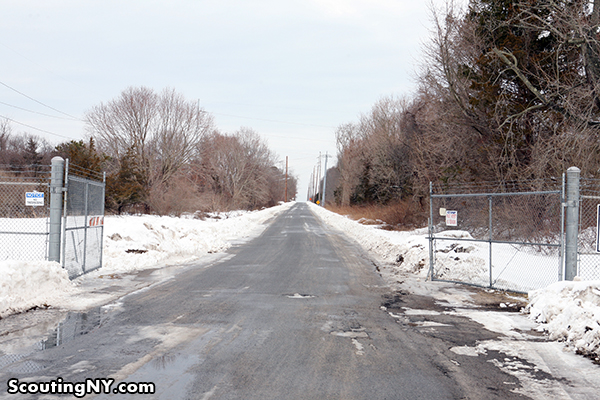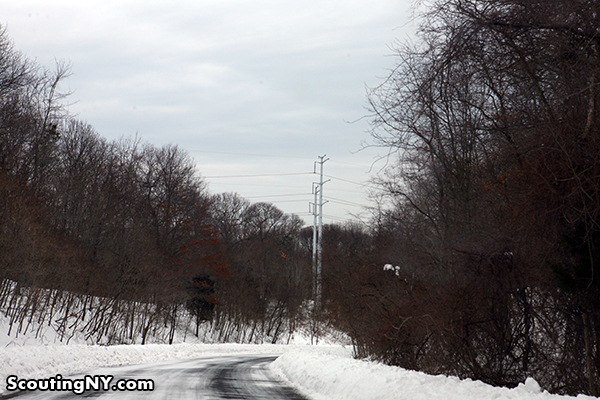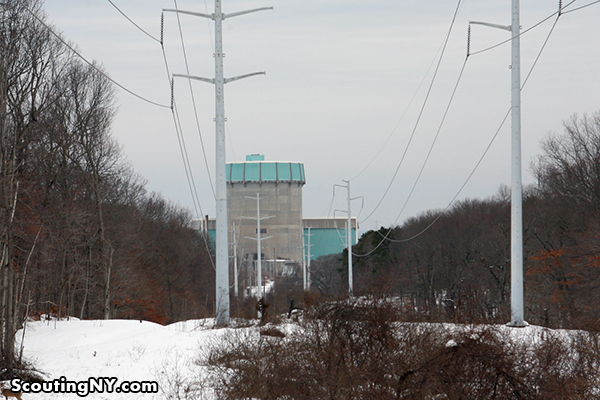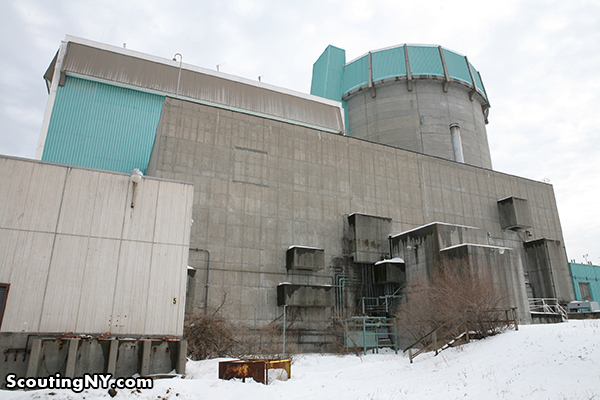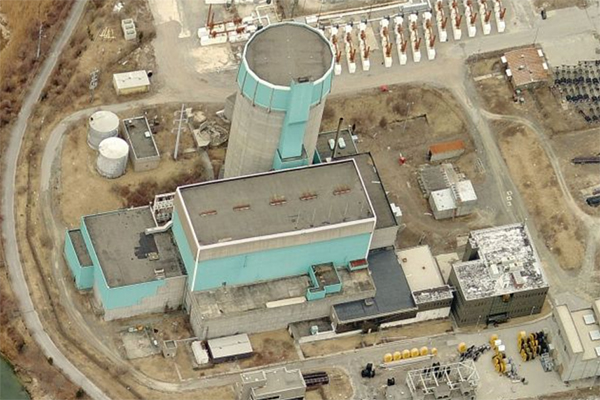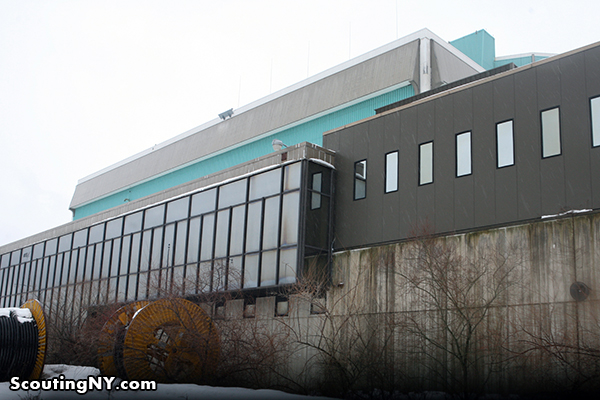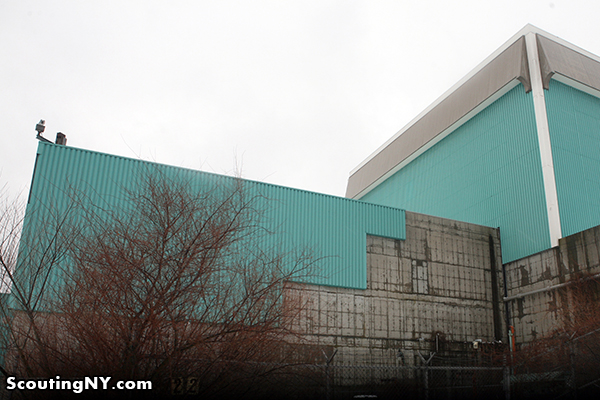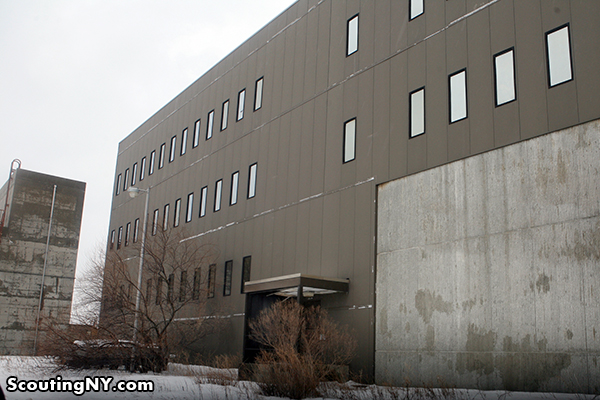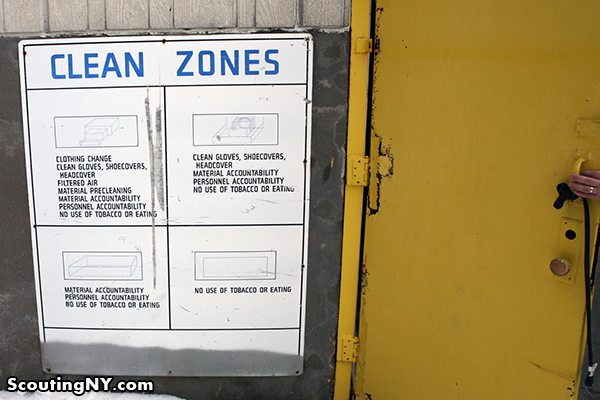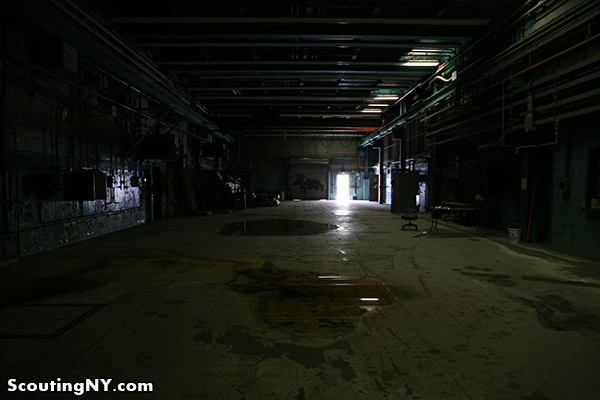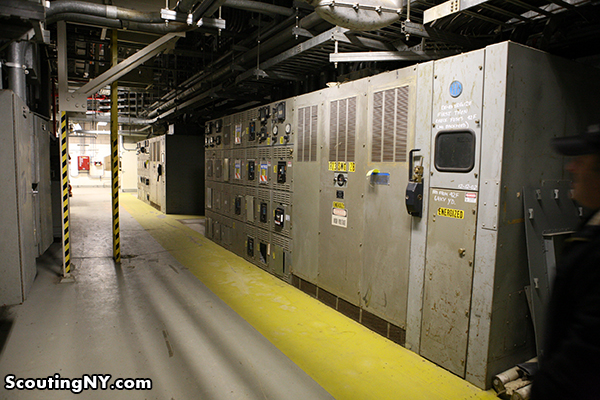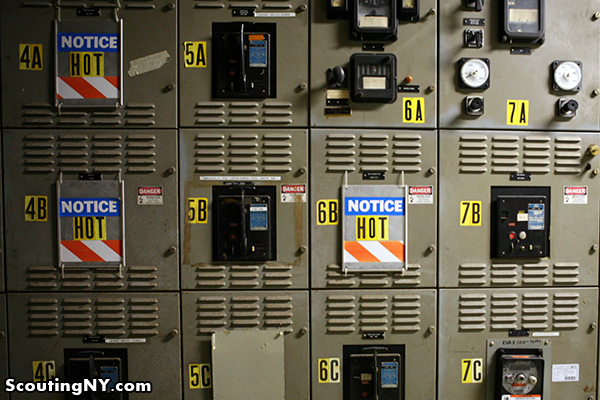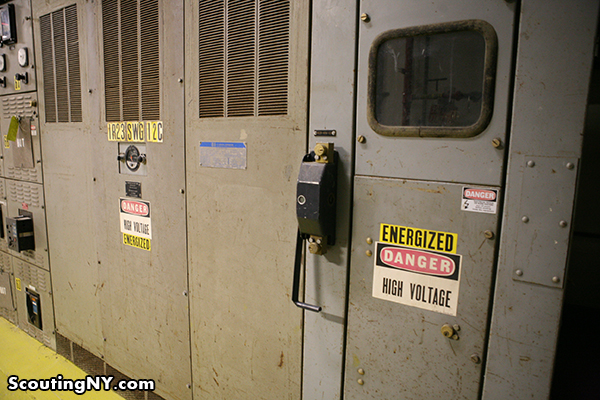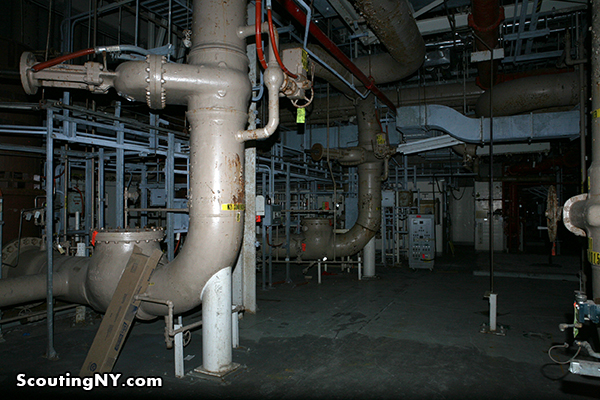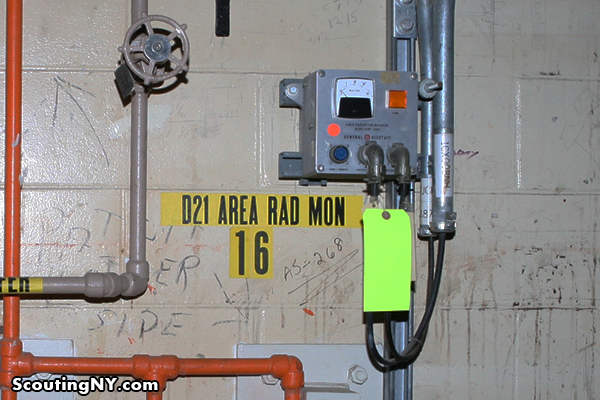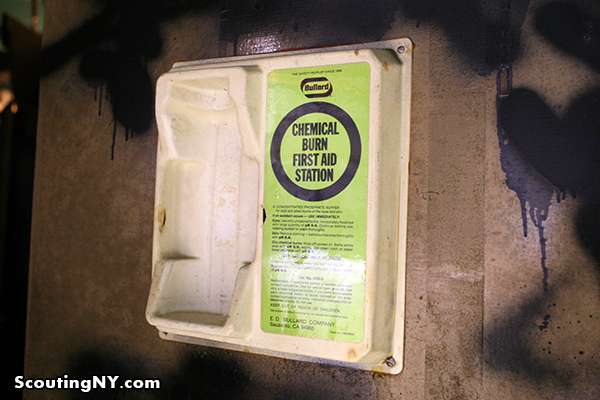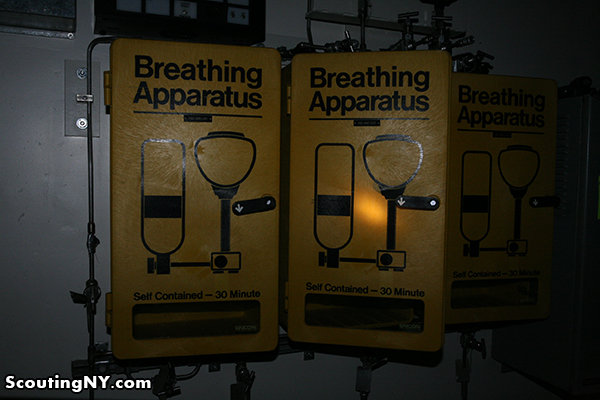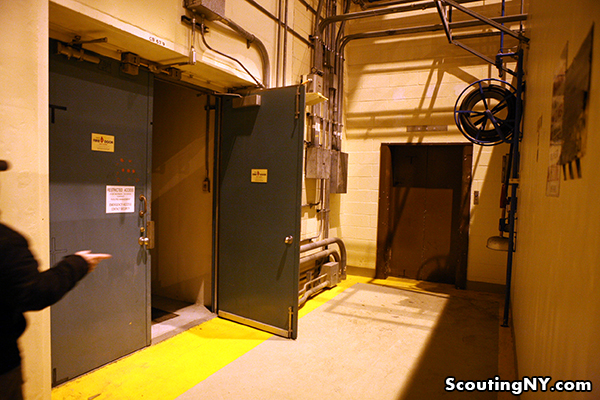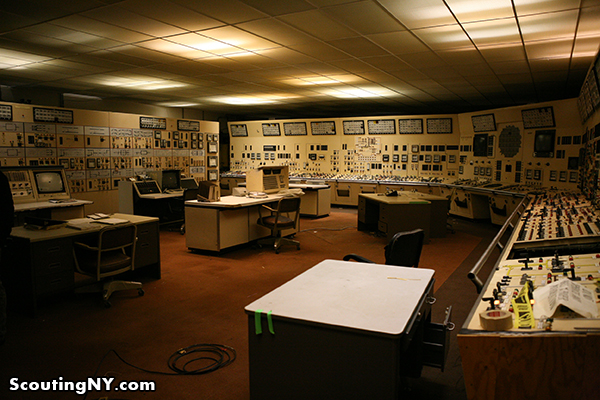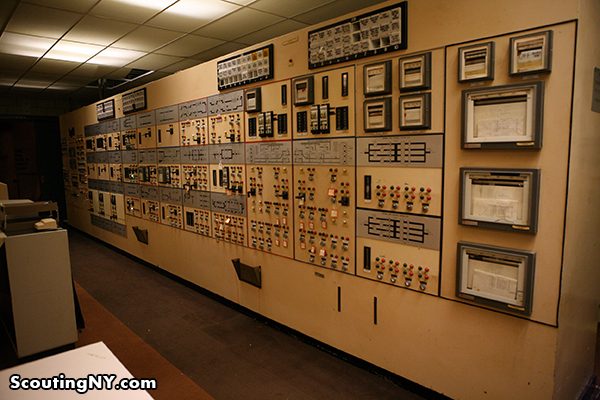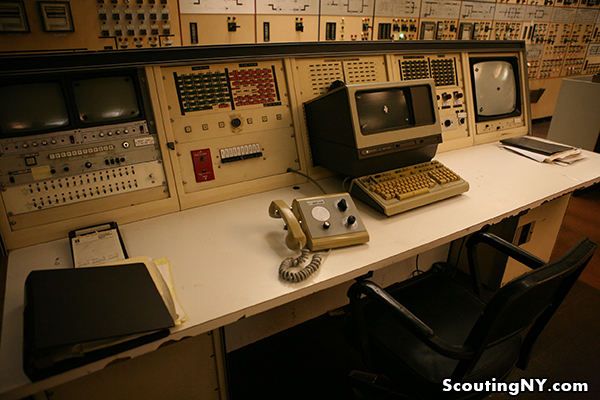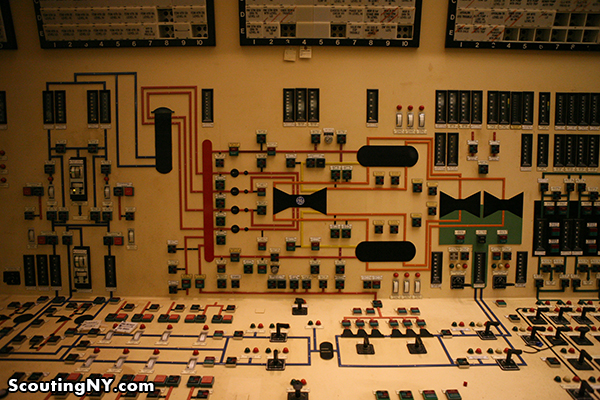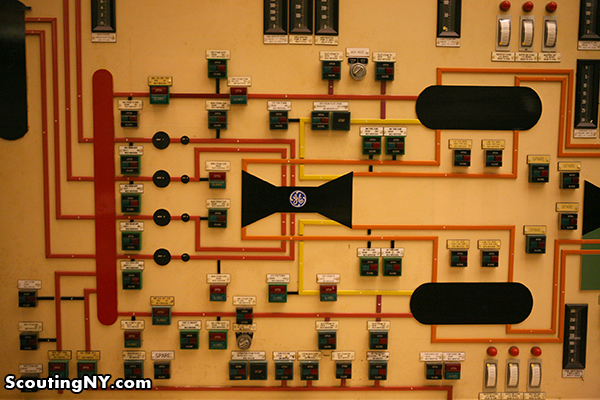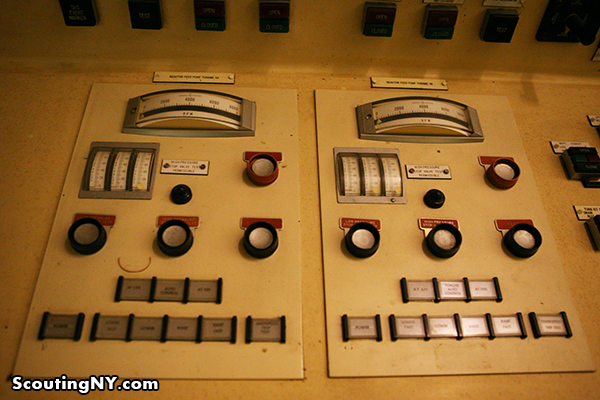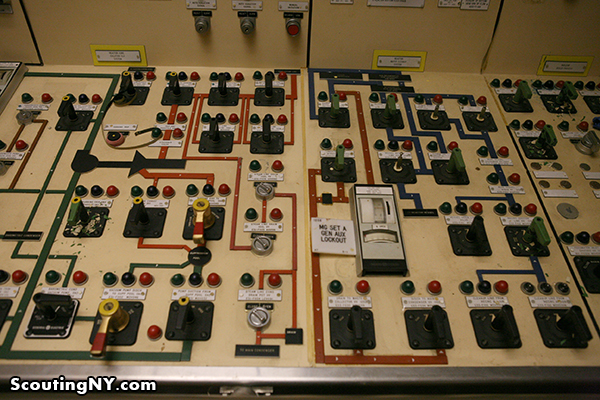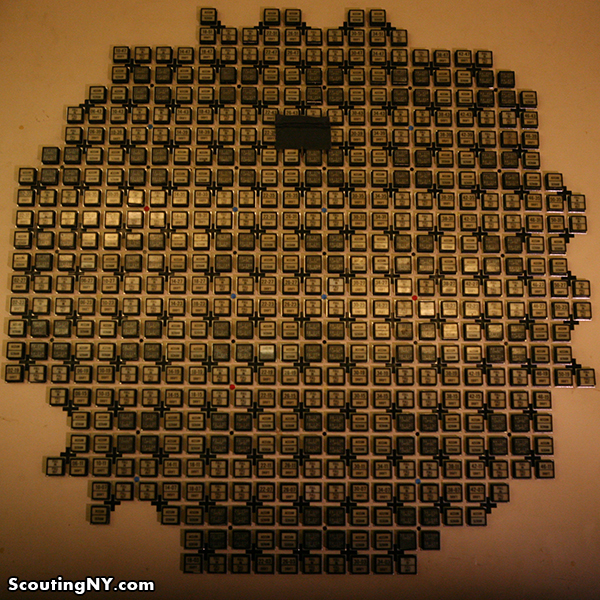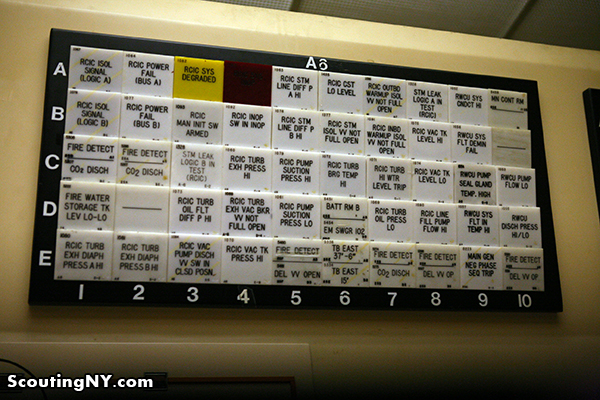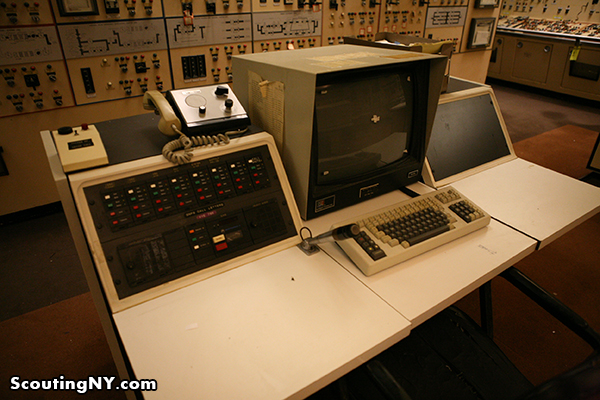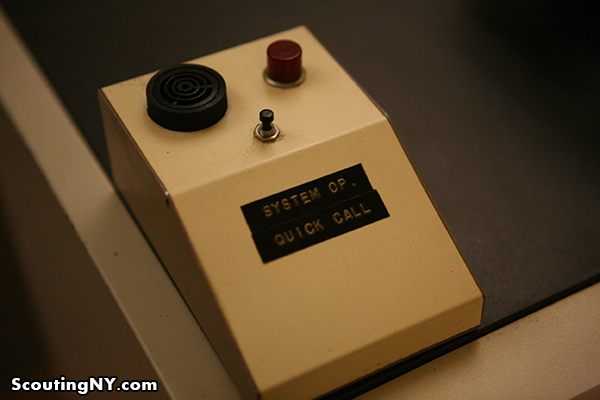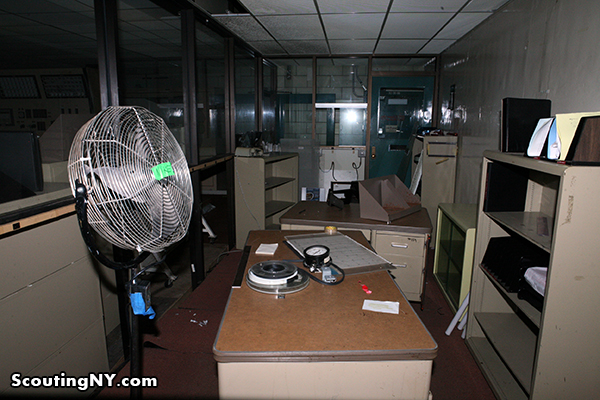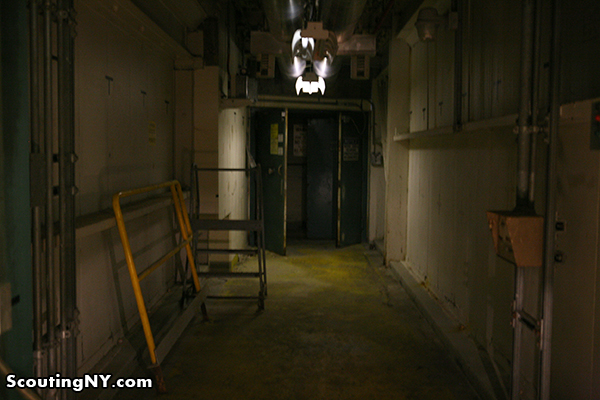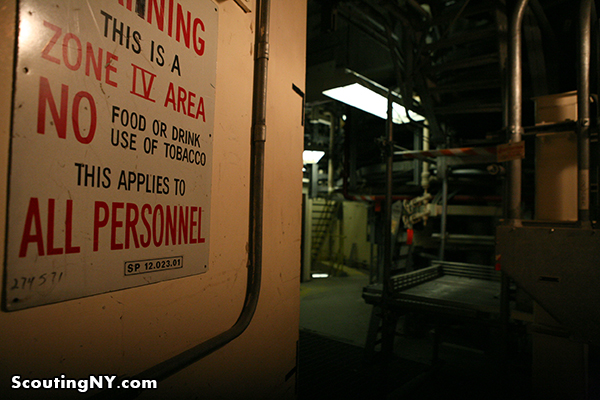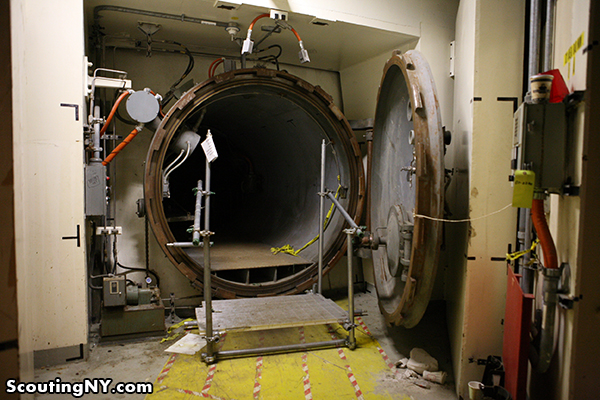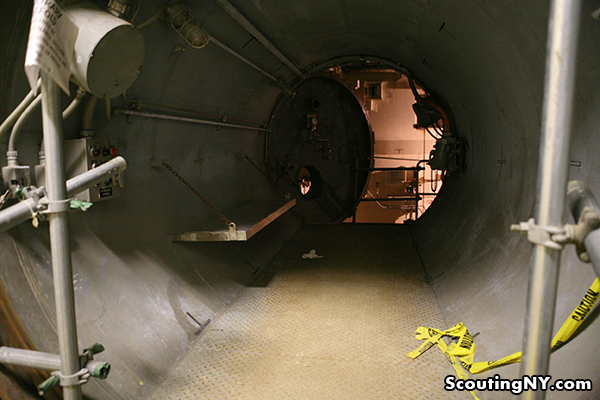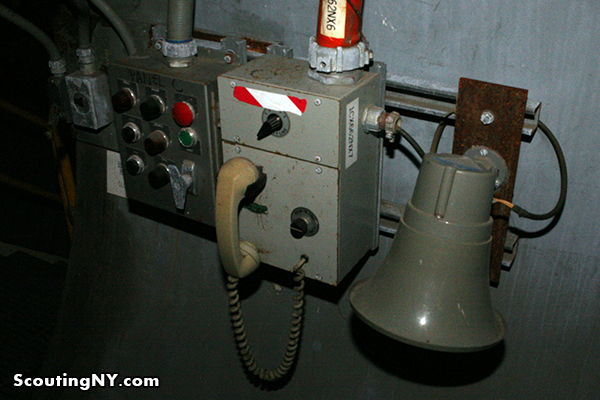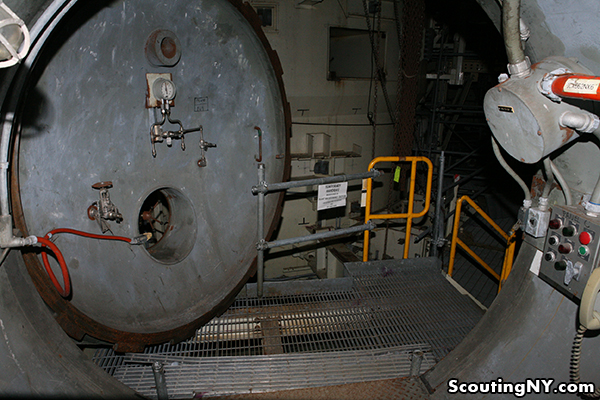Driving on Route-25a through East Shoreham, you’d never guess there was anything unusual about the gated road heading off toward the coast.
But go down a ways…
…and suddenly, it’ll appear through the trees…
Long Island’s only nuclear power plant, closed and shuttered since it was decommissioned in 1994.
Today, it sits completely empty, a relic of 1970s design permanently frozen in time.
A month ago, I heard that the now vacant Shoreham Nuclear Power Plant was available as a filming location, and I immediately set up a tour. It’d certainly be the first nuclear power plant to have in my files, and I was absolutely fascinated to see what still remained inside.
Construction began on Shoreham’s GE Mark II Boiling Water Reactor in 1973 and finished 12 years later in 1985, when it received its testing license and began operating at 5% capacity. That’s as far as the plant ever got.
Public opposition had been growing steadily during this period, in large part due to Three Mile Island’s partial meltdown in 1979 and the Chernobyl tragedy in 1986. The state and county eventually sided with the opposition and refused to approve the plant’s emergency escape route plan, which prevented it from obtaining an operating license.
In 1992, the $6 Billion facility was sold to the state for $1 (the cost was passed onto LI tax payers as a 3% surcharge on electric bills). The two-year decommissioning process commenced, the first time in US history that a licensed commercial nuclear reactor would be dismantled.
The process was completed in 1994 following the removal of 5 million pounds of radioactive waste and 560 irradiated fuel rod assemblies. The plant has been vacant and dormant ever since.
As we arrived at the doors to the facility, I noticed the first of what would turn out to be hundreds of warning signs still posted throughout.
We headed in.
As walked through the first few industrial rooms and corridors, my initial thought was that the plant seemed massive once you were inside.
It only took about four or five turns before I was completely lost.
Every once in a while, we’d come to a large open shaft going up to the roof, giving a sense of the height.
Despite being decommissioned, equipment is everywhere, some of it still in use.
I will admit, it takes a lot of self-control not to reach out and touch the thousands of buttons and levers you pass at every turn.
Also, there are pipes everywhere. I feel like I saw every possible variation of pipe and duct during my tour.
Finally, there are a lot of safety stations still in place, like this area radiation monitor.
Ditto the chemical burn first aid stations…
…and these cabinets containing emergency breathing apparatus:
After heading deeper into the plant, we came to a pair of double doors. We stepped through…
…and traveled back in time to when modern computers did not exist.
This is the reactor control room, an absolutely mind-boggling assortment of buttons, knobs, switches, lights, levers and cranks.
The equipment spans three entire walls…
…along with several work stations in the middle of the room. Look at that computer!
The desk calendar was last changed on November 8, 1994:
One of my favorite control arrays was this desk…
…which features a colorfully eye-pleasing – and easy to read! – set of lines connecting various systems with their indicator lights:
More switches…
…gauges…
…monitors…
…and more switches:
I was also intrigued by this grid of buttons, which depicts the status of the fuel rod assembly. You’ll note the word SCRAM on many of them, industry-speak for an emergency shutdown of a reactor.
Nearby, this diagram appears to monitor the overall reactor status, with more indicator lights and colorful connector lines:
Lining the top of the equipment stations were several tables of error messages, which I imagine you prayed would never light up:
The operator at this station was lucky to get a big-screen monitor:
Make your System Op quick calls here:
If you look at the rug, you’ll see a darker stripe running along the perimeter of the room. I was told that this was referred to as the “velvet rope,” and NO ONE was allowed to set foot into it without authorization from the office overlooking the control room.
This is that office:
From the control room, we headed down several more tunnels toward the reactor…
…passing more warning signs.
The Shoreham reactor was encased in two layers of containment. The outer layer, or secondary containment, is a 7-foot thick wall of reinforced concrete, traversed via this passage:
To enter the primary containment area, one would have to climb into this claustrophobic tube and securely close the enormous steel door…
…then wait on that bench for the door at the other end to open:
A phone for communicating with the outside world while sealed inside:
We stepped through the inner door…
